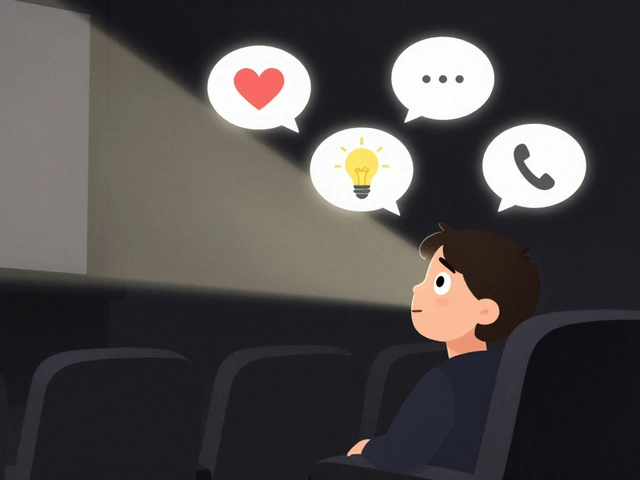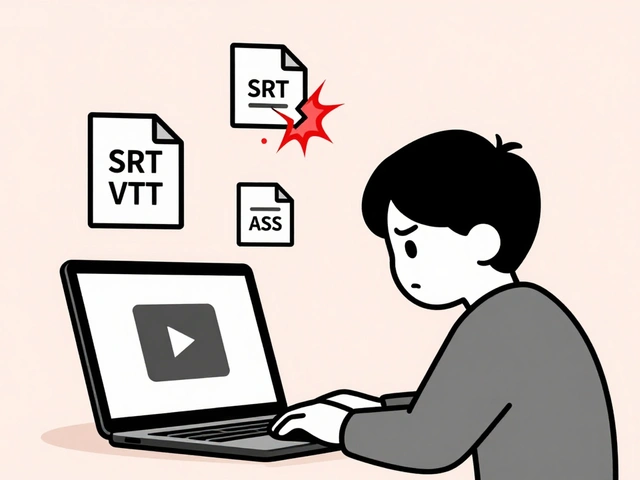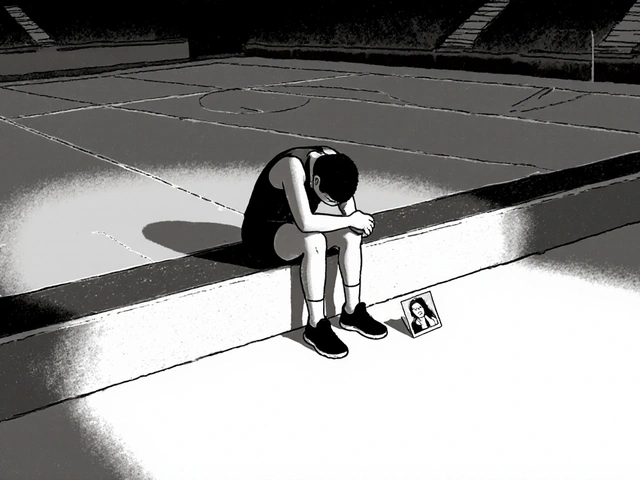Professional Cinematography: Tools, Techniques, and Real-World Applications
When we talk about professional cinematography, the art and science of capturing moving images with intentional visual storytelling. It’s not just about having a fancy camera—it’s about how light, movement, framing, and timing work together to make viewers feel something. You see it in every great movie, every viral short film, and even in the best YouTube documentaries. It’s what turns a simple interview into a powerful moment, or a walk down the street into a cinematic experience.
Good cinematography, the deliberate visual language used to tell stories through motion pictures. It requires more than technical skill—it demands vision. That means understanding how to use lighting for film, the controlled use of light and shadow to shape mood, depth, and emotion in a scene. It’s not just turning on a lamp—it’s carving space with shadows, making a room feel claustrophobic or wide open, depending on what the story needs. It also means knowing when to move the camera and when to leave it still. A slow push-in can build tension. A shaky handheld shot can feel raw and real. And a perfectly framed wide shot can say more than dialogue ever could.
Behind every great shot is a team that knows how to balance gear, timing, and creativity. You don’t need a $50,000 rig to start, but you do need to understand what each tool does. That’s why so many creators are now asking: Can Canva beat Premiere Pro for professional video editing? The answer isn’t about software—it’s about intent. video editing, the process of assembling and refining raw footage into a cohesive visual narrative. It’s where the raw material of cinematography becomes a story. A great edit can fix a poorly lit scene. A bad edit can ruin even the most beautifully shot footage. And that’s why professionals spend years mastering both sides: shooting and cutting.
It’s not just about Hollywood. Today’s professional cinematography shows up in TikTok ads that feel like mini-movies, in product videos that make you pause, and in indie films that win awards without big budgets. The rules haven’t changed—composition, exposure, motion, rhythm—but the tools have gotten more accessible. Now, anyone with a smartphone and a clear idea can create work that looks professional. But only those who understand the craft will make it memorable.
What you’ll find in this collection isn’t a list of gear specs or theory lectures. It’s real talk from people who’ve been on set, edited all night, and learned the hard way what works. From how much time it actually takes to edit a TikTok to what hardware makes the biggest difference in 2025, these posts cut through the noise. You’ll see how lighting choices affect viewer emotion, how camera movement shapes pacing, and why some edits feel natural while others feel off. No fluff. No jargon. Just what you need to know to shoot and edit like a pro—even if you’re just starting out.
23
RED Cameras Guide: Understanding the Cinema Standard
RED cameras set the standard for professional cinema. Learn why filmmakers choose RED for 8K resolution, unmatched dynamic range, and color grading flexibility - and whether it's right for your project.
Latest Posts
Popular Posts
-
 Breakout Indies at the Box Office: How Word-of-Mouth Made These Films Blockbusters
Breakout Indies at the Box Office: How Word-of-Mouth Made These Films Blockbusters
-
 Data Management: DIT, Backups, and Archival Best Practices for Video Teams
Data Management: DIT, Backups, and Archival Best Practices for Video Teams
-
 App Layout Strategies: Organize Streaming Services by Genre and Use
App Layout Strategies: Organize Streaming Services by Genre and Use
-
 How to Cancel Paramount+: Step-by-Step Guide
How to Cancel Paramount+: Step-by-Step Guide
-
 Why Subtitles Aren't Working: Fix Common Video Text Issues
Why Subtitles Aren't Working: Fix Common Video Text Issues



